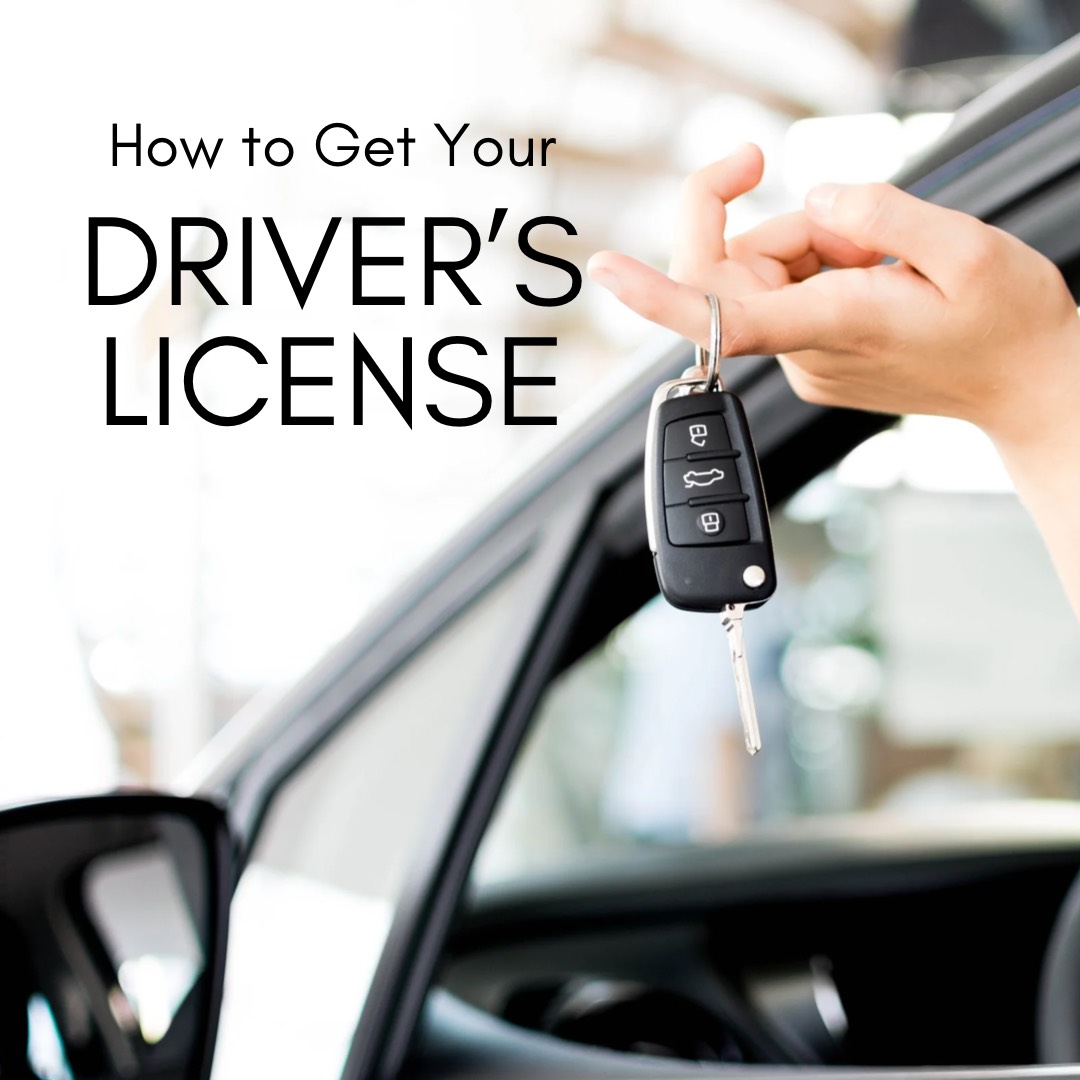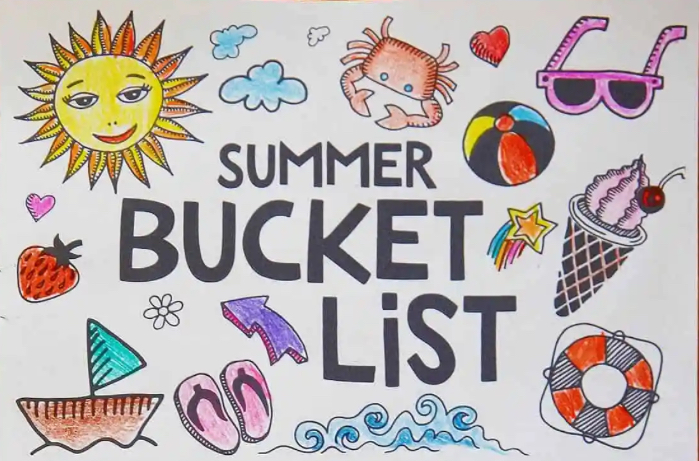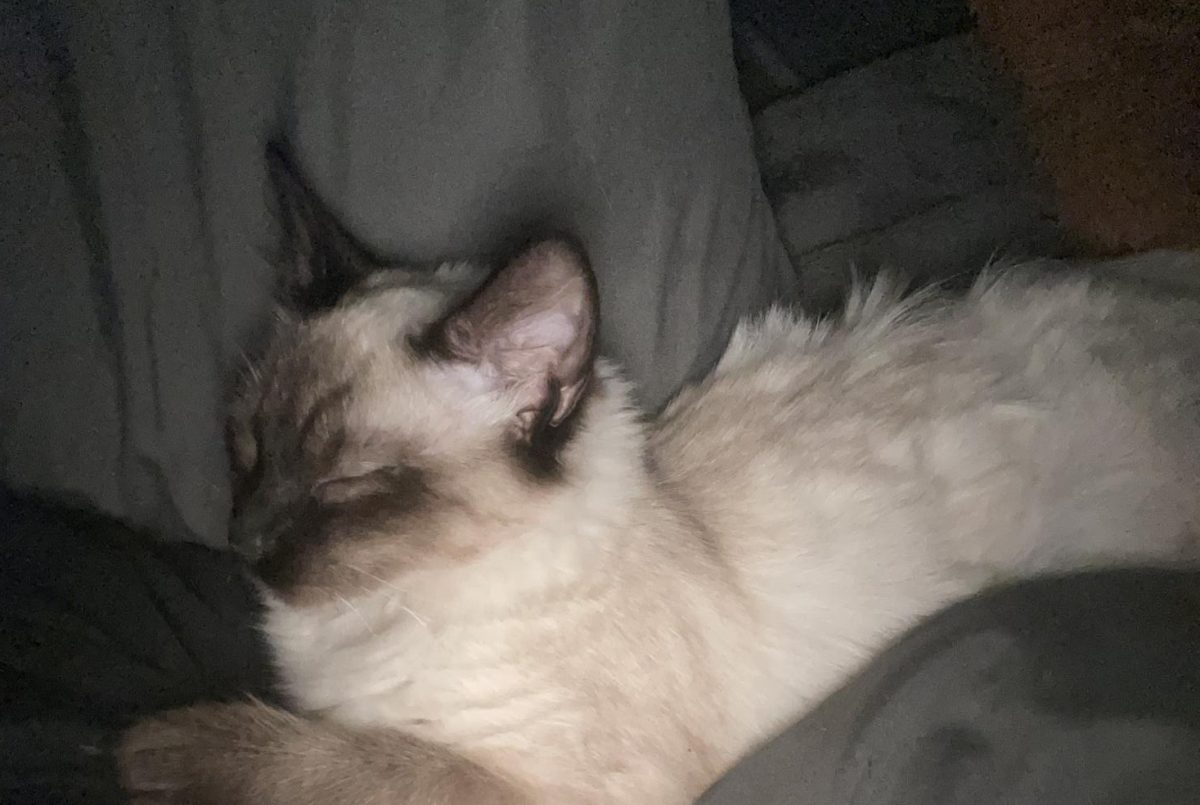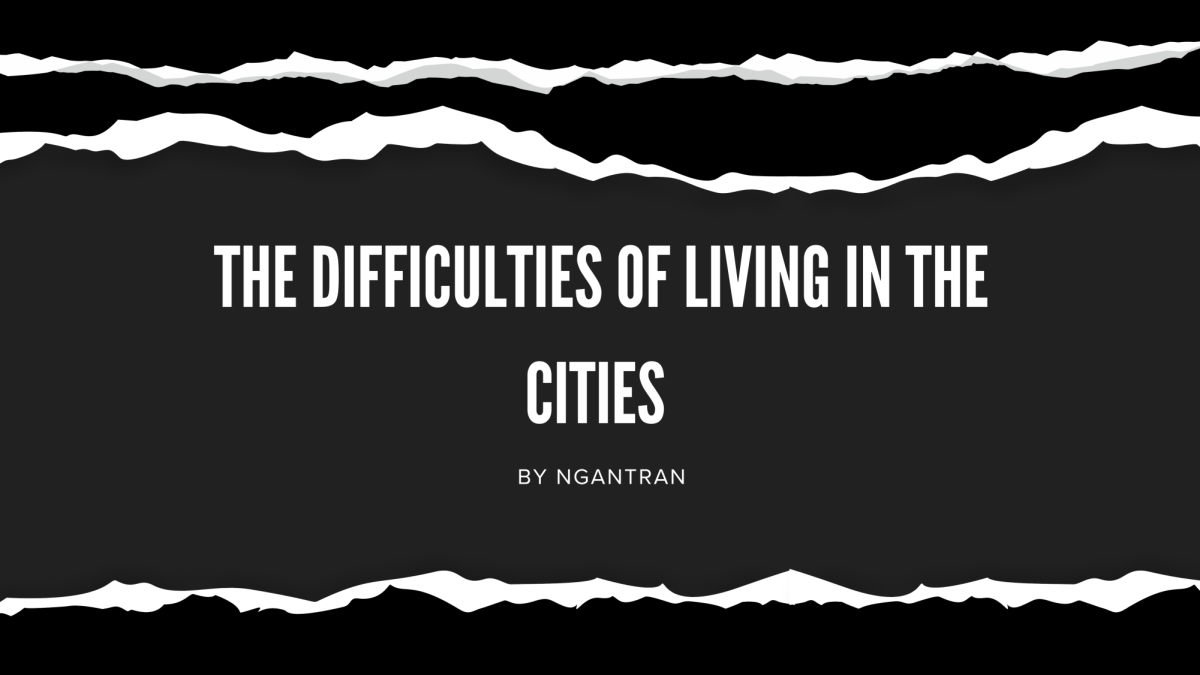There are many steps to getting your driver’s license and it can be a confusing process. Here’s a list of requirements needed to get your license.
Getting your permit!
You must be 15 to get a permit but if you are over the age of 18 you can skip this step and move straight to your license. To get it, you need to take a drug and alcohol course and pass your permit exam, but if you choose to take the FLVS Driver’s Ed course it automatically includes these steps. You will be given a hearing and vision test at your DMV appointment. Make sure to bring proof of identity and parental consent.
Once you have your permit:
It is important that you drive safely with your permit, and always have an adult over 21 years old in the car with you. You are not allowed to get a moving traffic citation during the first year of having your permit. During the first 3 months of having your permit, you can’t drive outside of daylight hours.
What to bring to the DMV:
- The car you want to drive during your road test (including valid car registration)
- Proof of identification (this could be your birth certificate or passport)
- Your social security number
- Proof of residential address (this can be a piece of mail like a bill)
- Money for license expenses
Getting your license!
After having your permit for a year, you are ready to get your license! Make sure you have your appointment set and bring everything you need. Before the test, you will be measured and have your picture done. Your parent or guardian must sign that you have driven for 50 hours, 10 of those hours being done at night.
Here’s what is on the “Road Test:”
- When you get into the car with your instructor, they will make sure that all your lights are working and that your horn beeps.
- You will need to pull out of the parking space and make your way into the designated space for the test.
- There is one parking space with cones you will need to park in without knocking down any cones. Once completing that you will pull out and make loops around the area.
- Don’t forget to stop at each stop sign and blink your indicator when turning.
- The next thing you will need to do is an emergency stop. Your instructor will let you know they are going to say “Stop” and you need to brake.
- Then, you will be asked to reverse in a straight line. When reversing, make sure you are looking around and being aware of your surroundings.
- When that is complete, the last thing you will need to do is a three-point turn. Always be sure to look around and use your indicators!
- Your instructor will also ask you how to park on a hill, here’s how:
- If you park on the right side of the hill, turn your wheels all the way to the left before putting your car into park. Then put your emergency brake on and turn off the car. If you are parking on the left side of the hill you will follow the same rules except you will turn your wheels all the way to the right.
















